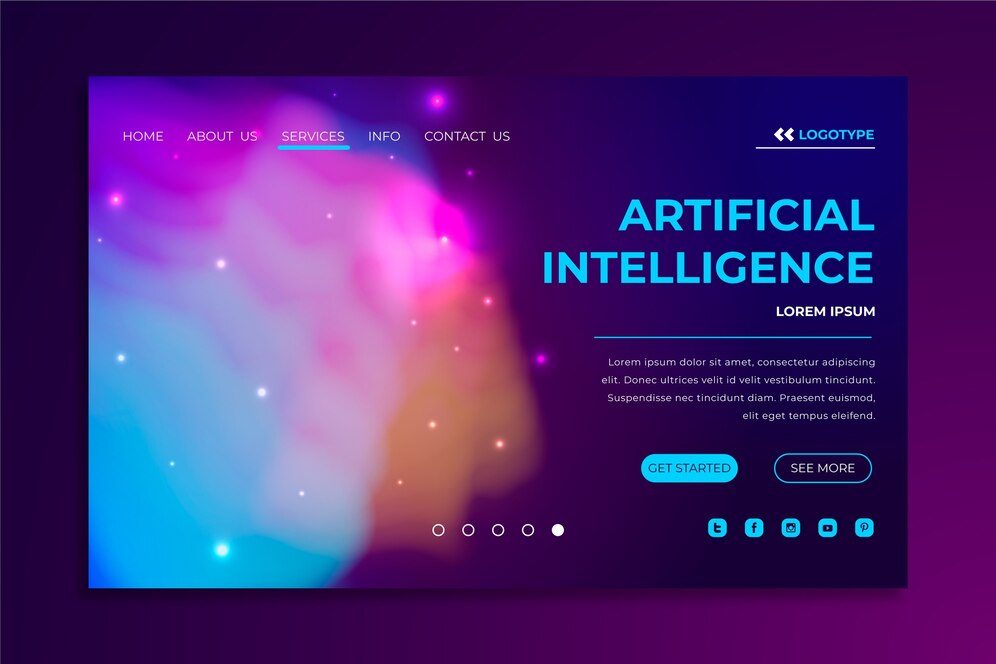AI Governance Template: Key Considerations for Effective Implementation in New Zealand
In today’s rapidly advancing technological landscape, organizations across various sectors are increasingly turning to artificial intelligence (AI) to enhance their operations, drive innovation, and improve decision-making processes. However, as AI continues to play a crucial role, the need for robust AI governance has never been more critical. With the implementation of AI technologies comes the responsibility to ensure they are used ethically, responsibly, and transparently. A well-crafted AI governance template can be the first step toward achieving this goal, helping businesses in New Zealand navigate the complexities of AI regulation and implementation.
Understanding AI Governance: Why It Matters
AI governance refers to the framework of policies, processes, and guidelines that ensure AI systems are developed and deployed in a way that aligns with ethical standards, legal requirements, and organizational goals. Governance in this context is essential for managing risks, protecting data privacy, promoting fairness, and maintaining accountability in AI operations.
Without a proper governance structure in place, organizations risk facing regulatory fines, reputational damage, or even operational failures due to biased algorithms or poor decision-making processes. In New Zealand, as well as globally, regulations around AI are becoming stricter, making it even more important for businesses to stay ahead of potential compliance issues.
An effective AI governance template provides a clear, organized approach to managing these risks. It outlines policies and procedures for developing, deploying, and monitoring AI systems to ensure they meet the necessary standards of safety, fairness, and accountability.
Key Components of an AI Governance Template
An AI governance template serves as a strategic tool for businesses to manage their AI projects responsibly. Here are the essential components to include:
1. Ethical Guidelines and Principles
One of the primary objectives of AI governance is to ensure that AI technologies are developed and used in an ethical manner. This means addressing potential issues related to bias, discrimination, transparency, and accountability. For New Zealand businesses, this may involve ensuring that AI systems adhere to local cultural sensitivities and respect the rights of all individuals involved.
A comprehensive ethical framework should also focus on fairness, providing equal opportunities and preventing the reinforcement of societal biases. Clear ethical guidelines will not only help businesses avoid legal trouble but also build trust with consumers and stakeholders.
2. Data Privacy and Security Policies
Given the large amounts of data required to train AI systems, data privacy and security are at the heart of AI governance. A strong data management policy should outline how data is collected, stored, and used, with an emphasis on protecting sensitive information. For organizations operating in New Zealand, ensuring compliance with the country’s Privacy Act 2020 and international data protection laws is essential.
Furthermore, the template should address issues related to data access controls, encryption, and secure data sharing protocols to protect against unauthorized use or data breaches.
3. Compliance with Legal and Regulatory Standards
AI governance also involves adhering to the legal and regulatory requirements applicable to AI systems. In New Zealand, AI developers and users must stay up to date with any emerging laws and policies that pertain to the technology. While the country currently does not have a comprehensive AI-specific regulation, businesses must still comply with existing laws that govern technology, privacy, and consumer rights.
An AI governance template should ensure that the organization remains flexible to any future regulatory changes and is prepared to comply with international standards, such as the European Union’s General Data Protection Regulation (GDPR), which has global implications for data protection.
4. Transparency and Explainability of AI Systems
Transparency is a cornerstone of effective AI governance. Organizations must ensure that their AI systems are transparent in how decisions are made, particularly when AI impacts individuals’ lives directly (e.g., in healthcare, finance, or hiring decisions).
Providing clear explanations of how AI models work can help demystify the decision-making process and reduce concerns about ‘black-box’ algorithms. An AI governance template should include policies for maintaining explainability, offering both internal and external stakeholders insight into the reasoning behind AI-generated decisions.
5. Monitoring and Auditing Mechanisms
AI systems require constant monitoring to ensure they continue to operate in alignment with established guidelines. This is crucial in detecting and correcting any unintended biases or failures that may arise after the AI system is deployed. An AI governance template should establish a framework for regular auditing, performance reviews, and risk assessments to ensure AI systems remain compliant and perform as intended.
6. Stakeholder Engagement and Accountability
Incorporating stakeholder feedback is vital for ensuring that AI systems are not only effective but also responsible. The AI governance template should define processes for engaging stakeholders, including employees, customers, regulators, and the public. This ensures that diverse perspectives are considered and that accountability is maintained throughout the AI lifecycle.
How to Create Your Own AI Governance Template
Creating an AI governance template tailored to your organization’s needs involves several steps. First, it is crucial to identify the stakeholders involved, including legal, IT, and data security teams, who will help shape the template’s structure. Next, you should evaluate the specific AI technologies being implemented and the potential risks associated with them.
Best Practices for AI Governance in New Zealand
To ensure the successful implementation of AI governance, consider these best practices:
- Collaborate with Experts: Engage legal and data security professionals to ensure compliance with New Zealand’s data protection laws and global AI regulations.
- Invest in Training: Educate your team on the importance of AI governance and ensure they are equipped with the skills to monitor AI systems effectively.
- Be Proactive: Stay ahead of regulatory changes and anticipate future risks associated with AI technologies to avoid any compliance challenges down the line.
Conclusion
Implementing a solid AI governance framework is not only a regulatory requirement but also a strategic advantage. By ensuring transparency, ethical integrity, and compliance, organizations in New Zealand can harness the full potential of AI while mitigating risks. Developing a robust AI governance template is a crucial first step toward achieving these goals and ensuring your organization remains at the forefront of AI innovation.













